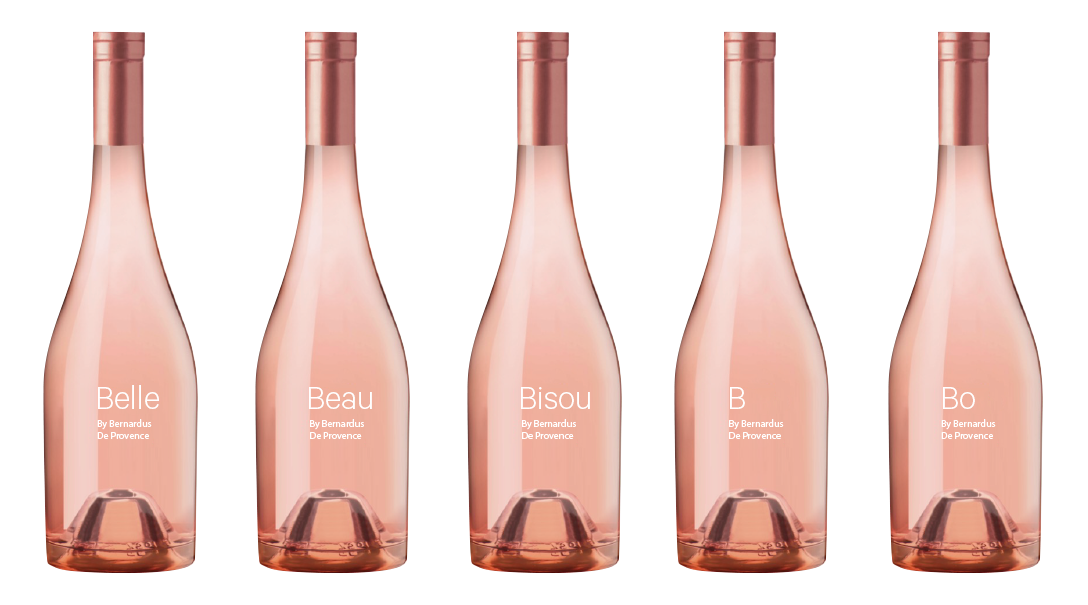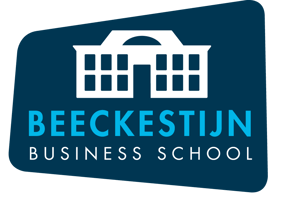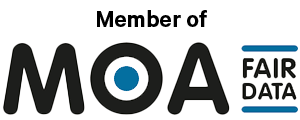Background
A good brand name is crucial for the growth of any business. But more important are the associations associated with the brand name. These associations are unconsciously triggered when hearing or seeing a brand name and predict consumer behaviour.
After all, what's a brand without its associations? The same applies to product names. The name of the product should activate the associations that go with the brand. If this doesn't happen, consumers don't make a connection between the product and the brand.
Bernardus' question
Bernardus wanted to know which of 6 possible names for their rosé would be the best in terms of activating purchase intention in consumers. They also wanted to know if this would be different across 4 different countries (Netherlands, France, USA and Denmark).
How was this researched?
The main technique we used is called RIAT (Rapid Implicit Association Task). This is a technique whereby participants are shown a word and an image, and they must indicate whether they think the image matches the word. This decision must be made under a time limit. This time limit is crucial as it shows us the immediate, subconscious response.
Cluster-analysis
The first step was to use a cluster-analysis to determine which associations are relevant first to wine in general and then to rosé more specifically. From this we were able to find 15 associations relevant to purchase intention that were worth studying e.g., feminine, light, summer, fresh. 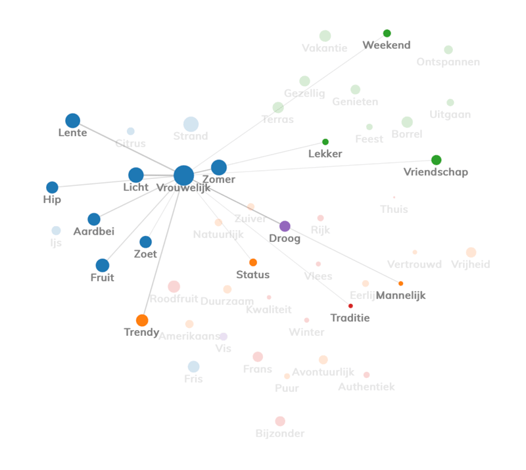
These 15 associations are used in the RIAT (see below). We looked at which of the six names best activates these associations.
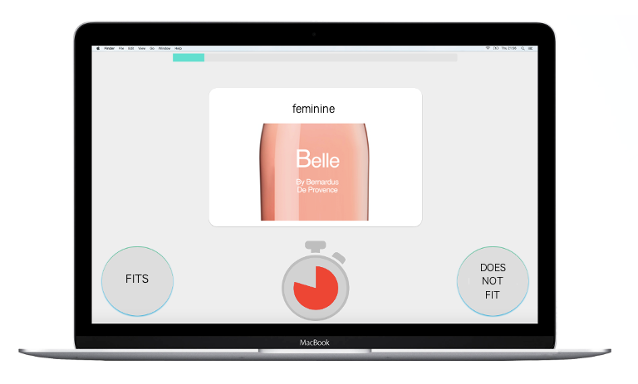
Results
Interestingly, the results differed slightly between countries. Therefore, there wasn’t one name that scored well in all countries. For instance, the name Belle showed negative connotations in Denmark whereas in France and the USA, it was the best name. This shows that it’s always important to test a brand or product name in different countries.
To determine the best name, we looked at the extent to which each name activates the important associations. We then looked at the average scores across all countries and two names stood out: "Belle" and "Bisou". Both names strongly activate the relevant buying associations.
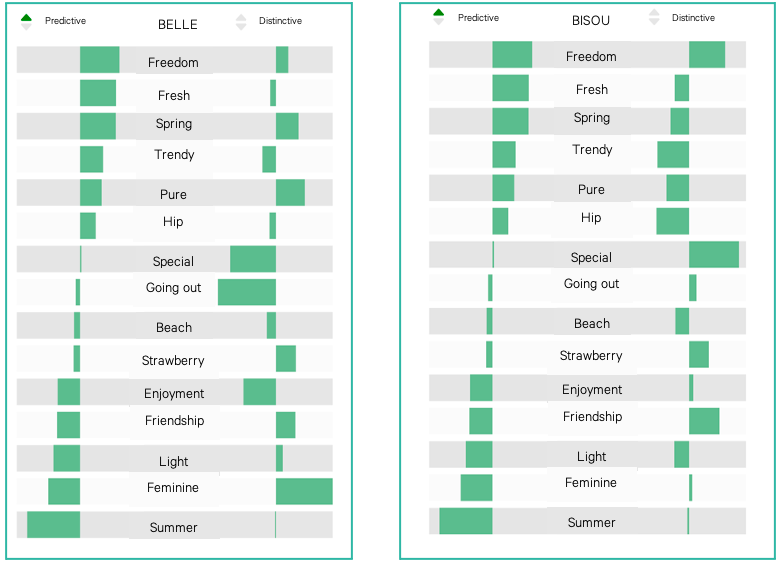
"Bisou" strongly activated the associations "Freedom" and "Friendship", which is good for brand positioning. "Belle", on the other hand, more strongly activated associations for purchase intention, such as "Spring" and "Femininity".
Advice for Bernardus
"Belle” activated some important associations that “Bisou” didn’t. This makes “Belle” the best name to unconsciously activate purchasing intent. That’s why we advised Bernardus to use the name “Belle” for their new rosé.
For the positioning with the name "Belle", we looked at how the associations from the cluster analysis could be deployed. Feminine is the base on which to depart. Summer and Spring is the mood that needs to be set. Hip and Trendy should be reflected or heard, in clothing, music and style, for example. Strawberry, Sweet and Fruit can have a secondary role in photography and film.
Status is an interesting 'outlier' on which to position. It's an emotion that people like to emulate and adopt the corresponding behaviour. Buying behaviour in this case
How can this help you?
NeuroBranding can help you if:
- You want to know the relevant associations for your brand.
- You want to know which associations will lead to a higher NPS.
- You need to decide on the best possible name for a new product and want to make sure this will be well-received internationally.

